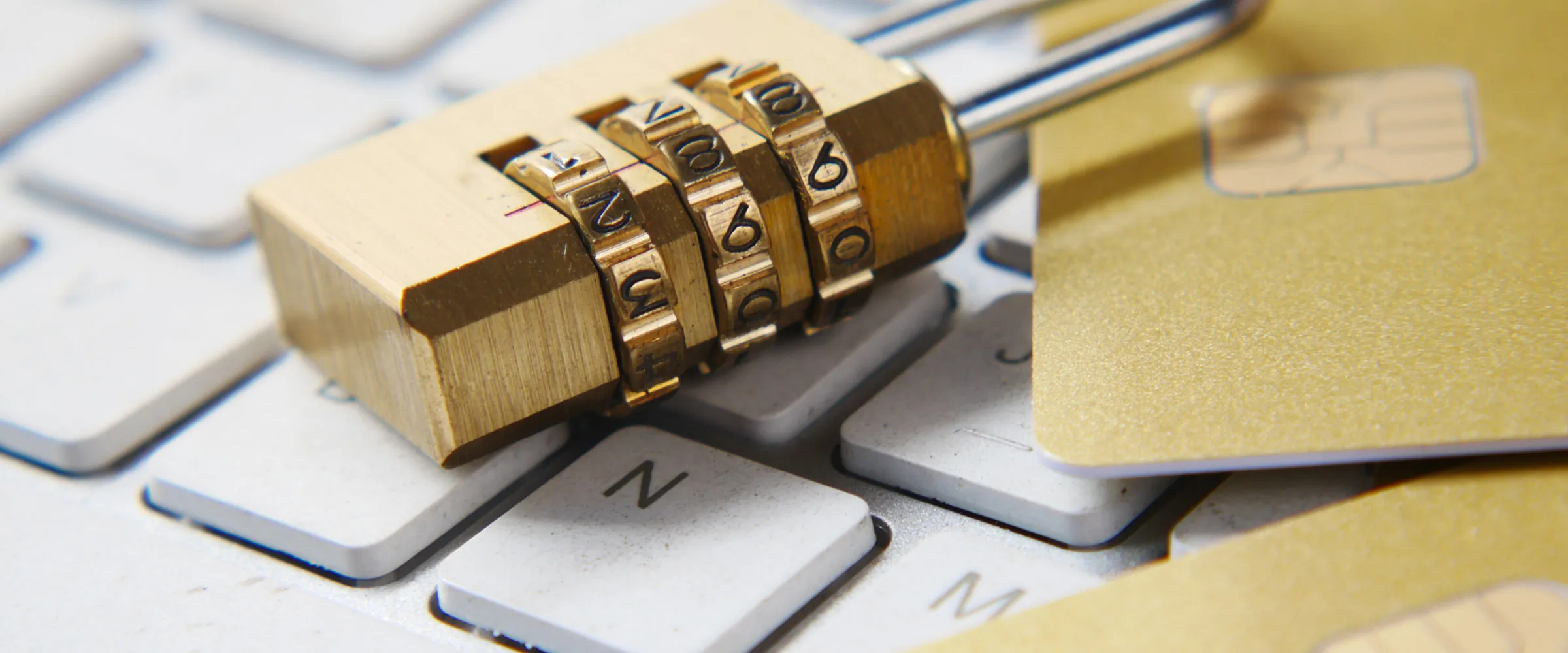On average, Positive Pay fraud protection services at American National Bank prevent $2.5 million in potential fraud every year.
Vigilant countermeasures for an ever-present threat.
Fraudsters depend on businesses letting their guard down. For their tactics to work, they need to sneak in unnoticed. So, increase your watchfulness and double check transactions with our Positive Pay suite of products and experienced Treasury Management team. You’ll gain a new level of defense against fraud.
Additional security options to protect your business from online fraud:
Catch fraud before it happens.
Connect with us to create a customized fraud protection plan that works for you. Send us your info and a fraud expert will contact you soon.
"*" indicates required fields



